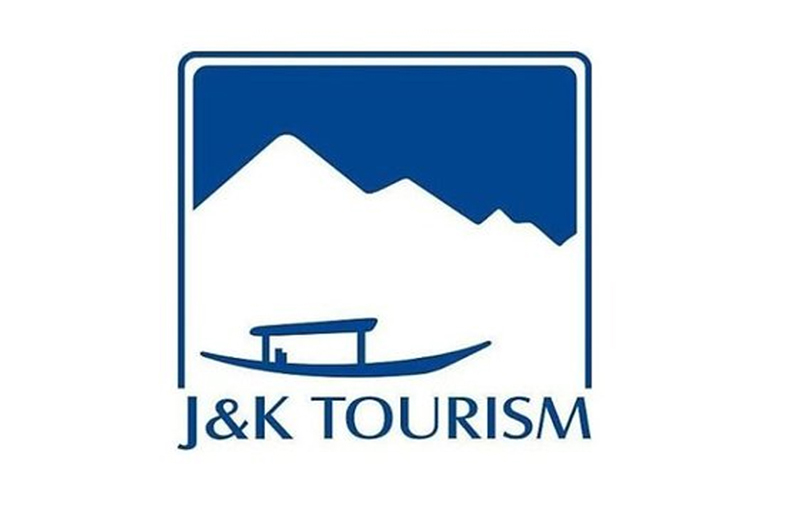The gathering, led by the Chief Secretary, aims to enhance the operations of various Tourism Development Authorities (TDAs), representing a vital stride towards rejuvenating the tourism industry in the region. The discussions and directives provided can significantly boost the effectiveness, self-sufficiency, and systematic growth of these entities. Tourism serves as the cornerstone of Jammu and Kashmir’s economy, playing a crucial role in creating jobs and generating revenue. The region’s stunning landscapes, rich cultural heritage, and diverse experiences attract tourists from around the globe. However, the potential of this sector is often undermined by inadequate infrastructure, poor resource management, and a lack of strategic planning. The TDAs, established to promote tourism in specific locales, have frequently faced challenges in accomplishing their mandates due to limited resources, insufficient manpower, and weak regulatory capacities. The Chief Secretary’s focus on addressing these issues is indeed a positive development.
A primary conclusion from the meeting was the emphasis on achieving self-sustainability for TDAs. Historically, these authorities have depended heavily on government funding, which has hindered their capacity to innovate and grow. By instructing the Finance and Tourism Departments to allocate resources and empower TDAs to generate income from their assets, the administration has paved the way for financial autonomy. Clearly defining TDA-owned lands will enable these authorities to have better oversight of their resources and to utilize them for developmental projects. Yet, this must be paired with transparent governance mechanisms to ensure that these assets are used appropriately and effectively. Tourist accommodations in various locations, such as JhajjarKotli and Golf Course Jammu, and the Mantalai Yoga Resort, remain underutilized.
The push for increasing staff and enhancing enforcement capabilities is equally crucial. By equipping these bodies with adequate personnel and enforcement resources, the administration can guarantee effective management of tourism activities, regulation of businesses, and maintenance of standards within their jurisdictions.
The instruction to create a master plan for each TDA is arguably the most significant measure aimed at fostering organized and systematic tourism development. The absence or delay of Master Plans has nearly halted major developments in several tourist areas like Patnitop and Mansar-Surinsar, to mention a few. A well-designed master plan can establish a clear path for infrastructure enhancement, resource distribution, and environmental protection. The Chief Secretary’s emphasis on strategic planning acknowledges that tourism development requires a thoughtful approach, requiring a long-term vision and unified efforts across multiple departments.
The initiative to enhance wayside amenities is another commendable aspect. Visitors often evaluate a destination not solely on its attractions but also based on the quality of services available during their journey. The partnership among the Tourism Department, Highway Authorities, and the PWD to assess and upgrade roadside amenities marks progress in the right direction. The project to build toilet complexes and parking facilities in key areas, along with the planned MoU with Sulabh International for maintaining restroom facilities, underscores a commitment to improving the overall experience for tourists.
However, while the government’s initiatives are praiseworthy, their success will hinge on overcoming several obstacles. Tourism development is a complex undertaking that necessitates the collaboration of various stakeholders, including the Tourism Department, PWD, local communities, and private investors. Facilitating seamless cooperation among these parties will be vital. At the same time, the government must prioritize environmental sustainability in its tourism strategies. The delicate ecosystem of Jammu and Kashmir cannot sustain unchecked commercialization. Any development must be balanced with conservation efforts to protect the region’s natural beauty for future generations.
Engaging local communities in tourism development is essential to ensure equitable distribution of tourism benefits. Additionally, regular audits, public consultations, and performance assessments can help ensure that these bodies fulfill their commitments. Enhanced efforts are needed. Only through the effective functioning of TDAs can the full potential of Jammu and Kashmir’s tourism sector be realized.


Leave a Reply